The Banco de Tecido is a place where everyone can deposit their leftover fabrics. Scraps of creations that gain a chance to be reused in new creations, within a chain of sustainable production. We bring back to the market fabrics that rest lifeless on shelves or warehouses. We give new life to pieces forgotten in the bottom ofdrawers, we free up space and make better use of what already exists in the world. We createalternatives that impact less on the environment. By increasing the life cycle of the fabric, we reduce consumption of the planet’s natural resources.
We provide, not only a smart way of dealing with textile waste, but also a creative solution for those who need to adopt the Brazilian National Solid Waste Policy. The Banco de Tecido is an inclusive and circular system that transforms actors of the textile production chain into active and interconnected users that drive a sustainable cycle, with social, economic and environmental consequences.
Apart from somewhere to find all sorts of fantastic fabrics we are also a place where people can meet and exchange knowledge of fabrics and their uses.
Fabrics are our product and our currency.
You can deposit your fabric, exchange it for different fabrics or buy the amount you need. Besides being affordable, our collection includes unique and antique fabrics that can not be found in traditional shops.
Tons of textiles are sent to the trash every year around the world.
Production mistakes and leftover stocks end up as waste, contaminating the environment. 10% of the entire textile production is discarded. Leftover fabrics are stored for years in warehouses or end up in landfills. The problem is serious since 70% of the material produced in the world is composed of synthetic fibers and takes decades to decompose.
Dealing with textile waste, involves a number of difficulties. Reusing and recycling is not an easy thing to do when talking about fabric. This results in enormous quantities of discarded materials, however a large part of what is discarded could have a new life.
We work to extend the life of fabrics so that it does not become waste.
The solid waste that we produce is an environmental issue and therefore our shared responsibility. Not only an issue for manufacturers but also importers, distributors, traders and consumers, in sum, all concerned in dealing with waste conscientiously. If you want to be our partner, need help to manage your textile scraps and / or have fabrics to donate please.
One of many landfill sites the outside world, where tons of fabric that could be used are trashed.
The Banco de Tecido was born when the set and costume designer Lu Bueno found that she had about 800 kilograms of colored, patterned and different sized fabrics, accumulated after 20 years of work in film, theater and television. Seeking a way to deal with her stock, she idealized in the Banco de Tecido a solution to reuse what was stagnant.

